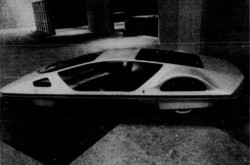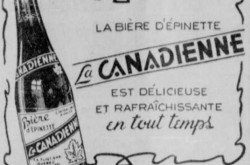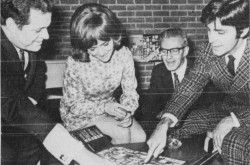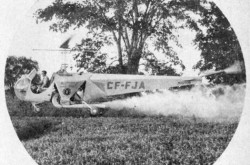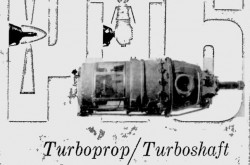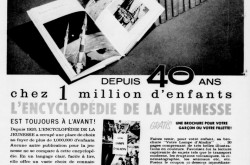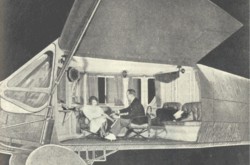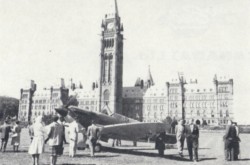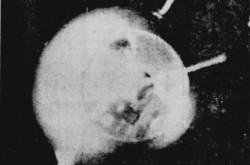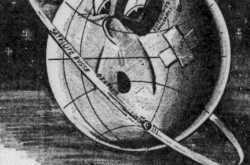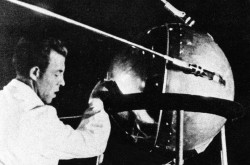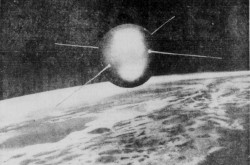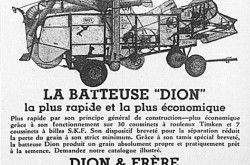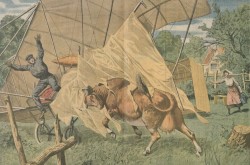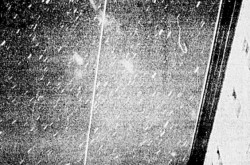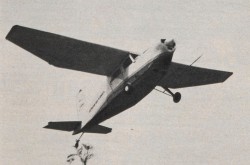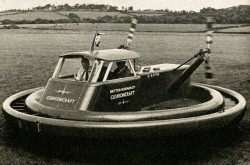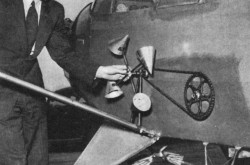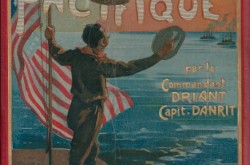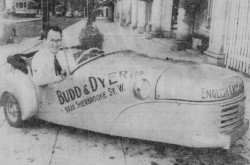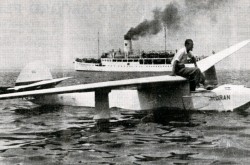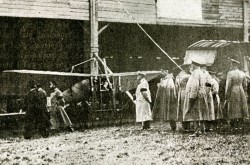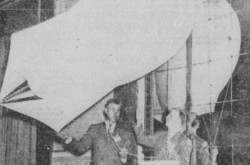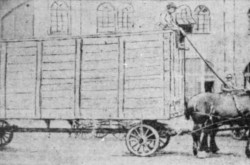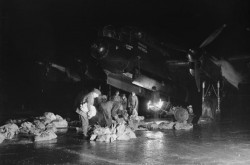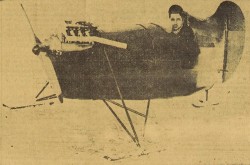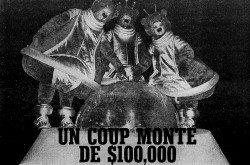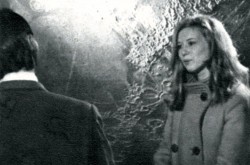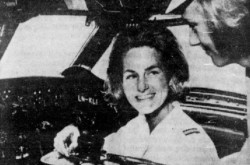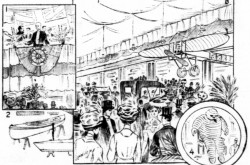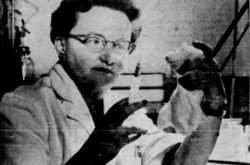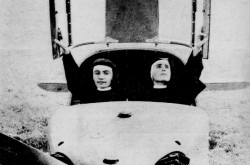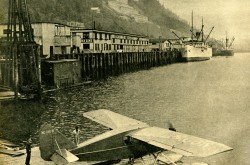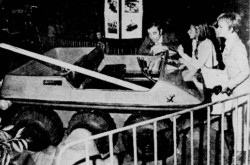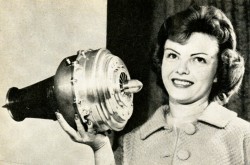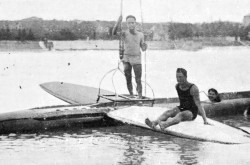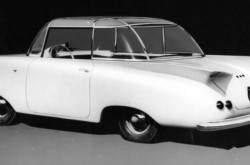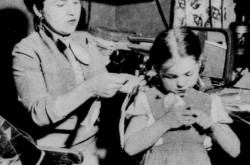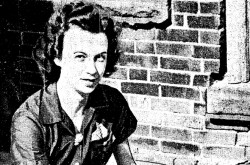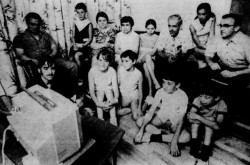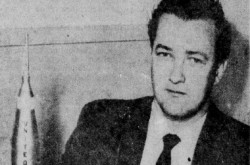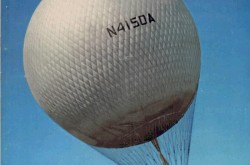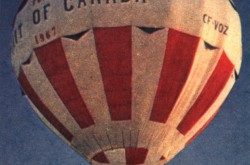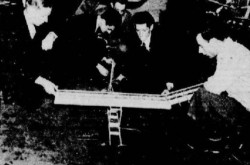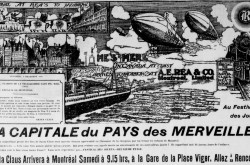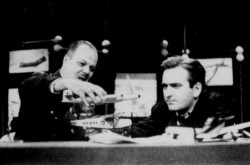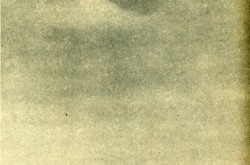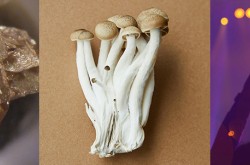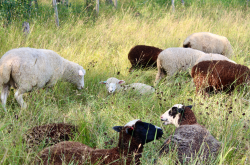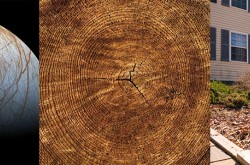To treat the family this holiday season, do not forget the Vin St.Georges: A brief look at a pioneer of the Canadian wine industry, T.G. Bright & Company Limited

While it is not in the habits of yours truly to blather about the intoxicating drinks imagined by our species of hominid since the dawn of time, I will make an exception to the rule to talk (type?) to you about a product which accompanied countless birthdays and réveillons in Québec for decades, the famous Vin St.Georges, and, more precisely, about a pioneer of the Canadian wine industry, T.G. Bright & Company Limited.
Once upon a time, there was a lumber merchant from Toronto, Ontario, born in 1846. In 1874, Thomas George Bright founded a small company which produced ginger wines, syrups and cordials.
Around 1888-89, Bright invested in a producer of essential oils and flavouring extracts in Toronto. The owner of Imperial Extract Company was named Francis Adam Shirriff. These men decided to go into business. Part of their success afterwards was in part due to the fact that they complemented each other so well. A congenial and competent man, Bright was responsible for sales and marketing. A gruff but equally competent man, Shirriff took care of production.
Bright and Shirriff founded Niagara Falls Wine Company in Toronto in late 1889 or early 1890. Imperial Extract moved to the same building shortly before or after this foundation.
Around 1891-92, the firm moved to the township of Stamford, not far from Niagara Falls, Ontario, in order to create a winery in this region of Canada favourable to the cultivation of vines.
From 1903-05, Bright’s son William Thomas “Bill” Bright began to become increasingly involved in the firm. He and Shirriff did not get along very well.
When Bright senior died in 1908, aged 62 or so, the Bright-Shirriff partnership began to fall apart. Shirriff sold his shares in the company no later than 1911. The aforementioned T.G. Bright was then formed.
Shirriff returned to Toronto to take over the reins of Imperial Extract. Indeed, the company had been producing jelly powders, flavouring extracts and marmalade since 1903-05. Over the years, Shirriff’s Limited became one of the largest producers of this type of product in Canada and even in the Commonwealth / British Empire. Shirriff died in 1944, at the age of 97. His firm survived him.
Dr. Oetker Canada Limited of Mississauga, Ontario, a subsidiary of the German multinational Dr. Oetker Gesellschaft mit beschränkter Haftung, itself a subsidiary of the German group Dr. August Oetker Kommanditgesellschaft, still manufactured Shirriff products as of 2020, but back to our story, and…
And when will we be talking about the Vin St.Georges, you say, my impatient reading friend? A good question. The point is that this product, a sweet wine available in red (port type) and white (sherry type) versions from an undetermined date, was available in the region of Québec, Québec, no later than 1902. The Vin St.Georges also seemed to be mentioned for the first time in a daily newspaper in Montréal, Québec, in 1904.
Two small firms in Québec, Compagnie des vins St-Georges and A. Toussaint et Compagnie, were apparently involved in the distribution of this product which was sold in various sizes ranging from an imperial gallon (4.5 litres / 1.2 American gallon) to the imperial pint (1.1 litre / 1.2 American pint).
By the way, Jean Baptiste Arthur Toussaint founded his firm in 1883. An importer of wines, often French ones, he also owned a winery in Château-Richer, Québec, which produced the Vin de messe Saint-Nazaire, a mass wine, and the Vin des Carmes, a fortifying tonic, but back to T.G. Bright.
While it was true that the government led by William Howard Hearst imposed prohibition in Ontario in 1916, in order to aid Canada’s war effort, wineries as well as various breweries and distilleries in Ontario remained open to serve the export market, which was mainly American. Better yet, Mrs. and Mr. Anyone could buy Ontario wines legally. It went without saying, but I will say it anyway, that T.G. Bright took advantage of this situation.
Incidentally, in 1923, the Ontario government authorised the sale of light beer, deemed non-intoxicating by self-righteous people and non-drinkable by many consumers.
Before I forget, T.G. Bright then bought the grapes, mainly varieties such as Niagara and Concord, used to produce its wines, which were mostly port and sherry types. It apparently did not own a single grape plant.
The date of the repeal of prohibition in Ontario was / is sometimes / often debated. With local wine available legally, some argue(d) that Ontario never saw prohibition. This being said (typed?), the government led by George Howard Ferguson repealed the prohibitive legislation in 1927, giving birth to the Liquor Control Board of Ontario (LCBO), a state monopoly still in place in 2020, and Brewers Warehousing Company Limited, a beer distributor created by Ontario breweries which gave birth to what is now Brewers Retail Limited.
Ironically, the abolition of prohibition in Ontario was a disaster for Ontario’s wine industry. One has to wonder if its products were only consumed because they were the only ones available. In any event, many small wineries went bankrupt and T.G. Bright saw its sales collapse. The economic crisis of the 1930s was another disaster for Ontario’s wine industry. T.G. Bright, the largest winery in North America, the largest winery in the Commonwealth / British Empire and one of the largest wineries in the world, saw its sales fall further. The situation was serious.
If I may be permitted a comment, yours truly doubts that a French oenologist would have been impressed by the wines of T.G. Bright. Anyway, let’s move on.
In 1933 Bright junior sold the family business to Harold Clifford “Harry” Hatch, the money loaded boss of Hiram Walker-Gooderham & Worts Limited of Toronto, one of the largest distilleries in Canada and a firm which supplied a certain percentage of the alcohol consumed illegally in the United States during the prohibition period (January 1920-December 1933).
If I may be permitted a brief digression, one may wonder if the end of prohibition on American soil explained why T.G. Bright (Quebec) Limited of Lachine, Québec, a subsidiary founded in 1933, published an ad in the large Montréal daily La Presse in December 1933 in which it apologised for the fact that the stocks of wine in certain regions of Québec were exhausted.
Would you believe that Montréal radio station CKAC, the first French-language radio station in North America and then owned by La Presse, broadcasted a weekly 15-minute programme called Le vin St-Georges / L’orchestre du vin St-Georges around 1933-35? In 1936, the Ontario winery financed a programme in which the great William “Willie” Eckstein took part, followed by an unidentified gypsy / romani orchestra.
I must admit that I had never heard of Eckstein before writing this article. Known as “Boy Paderewski” and “Mr. Fingers,” this Montréal pianist and composer was exceptionally talented. He was said to be among the best pianists accompanying silent films in North America.
Need I clarify that Ignacy Jan Paderewski was a brilliant pianist and composer born in the Russian Empire who became a Polish diplomat and statesman after the First World War? No? That’s what I thought, but again and again back to our story.
While Hatch knew that Ontario wineries only produced ports and / or sherries, he believed in the possibility of creating a quality Canadian / Ontario dry table wine. He saw in such a product the (only?) means by which T.G. Bright would be able to remain competitive within the Commonwealth / British Empire.
Hatch’s recovery plan began with the removal from T.G. Bright’s warehouses of all the wine which cluttered them. Yours truly has no idea what happened to it (Turned into vinegar? Discarded in the sewers??).
Hatch hired a few foreign experts to enhance the quality of T.G. Bright’s wines. One of the first people he hired, in 1933 (?), was a brilliant and experienced American bromatologist, or food scientist, who became the winemaker of the firm. John Ravenscroft Eoff II sadly left this world in August 1940, at the age of 58.
His assistant replaced him with panache. In the opinion of those who knew him, Fernand Adhémar Ferdinand Antoine de Chaunac was colourful, conceited, domineering, egocentric, indelicate and temperamental. In the circumstances, this Frenchman was also indispensable. Hatch had hired de Chaunac in 1933 as chief chemist.
In 1934, shortly before or after hiring Eoff and de Chaunac, T.G. Bright bought land near Niagara Falls in order to grow vines, other than the Niagara and Concord varieties, whose grapes would be used for the aforementioned quality Canadian / Ontario dry table wine.
Keen to strengthen the Ontario wine industry and aware that an Ontario winery’s license to operate gave it the right to operate a small retail store, Hatch oversaw the acquisition of several wineries from 1935 onward. T.G. Bright acquired no less than 11 between that date and 1956. Hatch himself died in May 1946, at age 62.
De Chaunac used North American grape varieties to create the first new Ontario table wine on the market since 1927, if not earlier. The Manor St. David Sauterne was released in 1941. Of variable quality at first, it seemed, this white wine may, I repeat may, have been the most popular (Canadian?) white table wine in Canada in the mid-1970s. Indeed, the Manor St. David Sauterne was still on sale in 2020 in LCBO stores.
Hatch launched a research program aimed at creating a dry table wine at an unspecified date. De Chaunac became research director of T.G. Bright in 1944.
Despite de Chaunac’s best efforts, T.G. Bright apparently failed to market a red table wine during the Second World War. This being said (typed?), he traveled to the United States a few times during and after the conflict to meet with American winemakers. One of these meetings was held in September 1945.
One of the people present at this historic meeting was a giant of the American wine industry. A journalist by profession, Philip M. Wagner wrote the first book on American wines and American viniculture, in 1933, American Wines and How to Make Them. During a stay in London, United Kingdom, Wagner became acquainted with the French hybrid grapes grown in Europe. Better yet, he believed such varieties could grow in the eastern United States and spawn quality dry table wines.
The few Baco Noir vines purchased in 1938 from the famous French hybridiser François Baco were the first European hybrid vines to be imported into North America for wine production. The first wine from the eastern United States produced from French hybrid vines was a Wagner-made Baco Noir which arrived in stores in 1945, the year Wagner founded Boordy Vineyard, in August. This wine was / is among the most important ever produced in North America. It announced indeed a revolution in the wine world of that continent, but let us return to the meeting of September 1945.
De Chaunac tasted there at least one wine produced by Wagner from his French hybrid vines. Like all his American colleagues, he was flabbergasted. T.G. Bright immediately ordered many varieties of French hybrid vines.
When said vines arrived, around 1946, de Chaunac realised that among them were 3 or 4 varieties of non-hybrid vines, vulnerable to downy mildew, a dreadful disease of North American origin which arrived in France in 1878 and greatly affected crops until the introduction of an effective treatment in 1885, but back to our story.
Knowing he had the support of the Horticultural Experiment Station of the Ontario Department of Agriculture, today’s Department of Agriculture, Food and Rural Affairs, at Vineland, Chaunac asked his assistant to supervise the planting of the vines. Convinced that non-hybrid varieties have something to offer, George William Bligh Hostetter gradually developed a pesticide spray program which allowed them to survive and produce grapes. He was so successful that, in 1951, T.G. Bright planted the first successful non-hybrid vineyard in eastern North America.
This being said (typed?), it was de Chaunac who oversaw the development of T.G. Bright’s first new wine released after the Second World War, a red wine, and the first Canadian dry table wine produced from hybrid vines. This Manor St. David’s Claret was released in 1949.
De Chaunac also designed the first bottle-fermented champagne-type wine marketed in Canada. The President was also released in 1949.
The success of Hostetter’s pesticide spray programme, on the other hand, gave birth to the first wines produced in eastern North America from non-hybrid vines: a Pinot Champagne and a Pinot Chardonnay marketed in 1955 and 1956. These wines were / are among the most important ever produced in North America. They announced indeed another revolution in the wine world of that continent.
Over the years, T.G. Bright’s experimental wineries imported 500 to 600 grape varieties and produced over 1 000 new Canadian seedlings. Over the years, the firm did more research than any other Canadian winery.
In the same vein, in 1947, T.G. Bright inaugurated a service to help wineries in search of better performing vines. The firm also became the first Canadian winery to sell grafted vines. In fact, a lot of the hybrid vines planted in the state of New York during the 1950s came from T.G. Bright’s experimental vineyards.
Hostetter became director of research in 1961, when de Chaunac retired. He himself retired in 1986. Hostetter left this world in November 2003, at the age of 79. De Chaunac, on the other hand, died in November 1972, at the age of 76.
Would you believe that T.G. Bright played a role in the history of North America’s first First Nation owned winery? Nk’Mip Cellars Limited of Osoyoos, British Columbia, is indeed owned by the Osoyoos First Nation, a member of the Okanagan Nation Alliance.
Even in the early 1980s, many (slightly snobbish?) Canadians who knew about wine showed little interest in T.G. Bright’s products. Those offered on board the aircraft of the Canadian national carrier, Air Canada, for example, rarely found a taker, it was said. Things have changed a lot since then.
In 1993, T.G. Bright joined forces with a major Ontario winery, Cartier & Inniskillin Vintners Incorporated, to found Vincor International Incorporated, one of the 10 largest wineries in the world – and the largest in Canada. The young firm quickly became the first Canadian winery of truly international caliber. Vincor owned wineries in Australia, Canada, New Zealand and the United States. Its quality wines found buyers in North America, Asia and Europe. They also won prizes in international competitions (1999, 2000, 2001, 2002, 2003 and 2004 to name but a few).
Anxious to consolidate the Canadian wine industry and aware of the fact that the operating license of certain Canadian wineries gave them the right to operate a small retail store, Vincor acquired a dozen wineries between 1996 and 2012, including 4 in Australia and New Zealand.
In June 2006, Vincor International became a subsidiary of the American giant Constellation Brands Incorporated.
In November 2016, the Ontario Teachers’ Pension Plan acquired Constellation Brands Canada Incorporated, a company name adopted at an indefinite date by the Canadian subsidiary of Constellation Brands. The firm then became Arterra Wines Canada Incorporated. It was still active as of 2020.
In conclusion, allow me to mention that the stores of the Commission des liqueurs de Québec, a state monopoly created in May 1921 which became today’s Société des alcools du Québec (SAQ) in July 1971, sold the Vin St.Georges for decades.
In 2020, SAQ stores were still selling St.Georges fortified wine produced by Constellation Brands Québec Incorporated of Montréal, a subsidiary of Constellation Brands.
Cheers, my reading friend. Be careful out there.















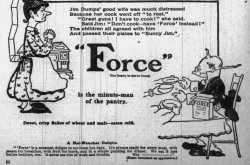
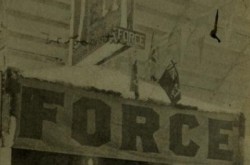
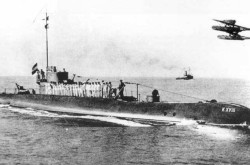
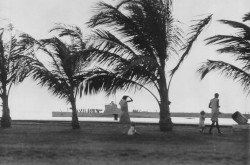
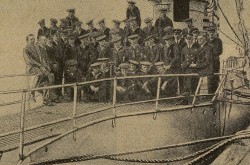
![A block of photographs showing some of the people involved in the bombing of beluga whales in the estuary and gulf of the St. Lawrence River. Anon., “La chasse aux marsouins [sic]. » Le Devoir, 15 August 1929, 6.](/sites/default/files/styles/thumbnail_7/public/2024-09/Le%20Devoir%2015%20aout%201929%20page%206.jpg?h=584f1d27&itok=TppdLItg)
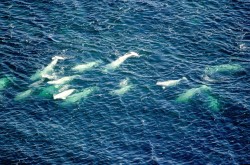
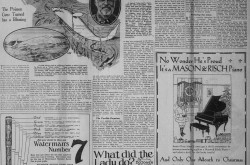
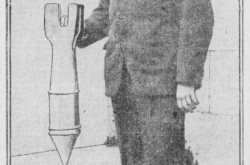
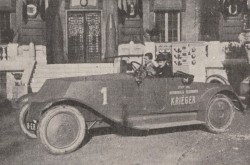
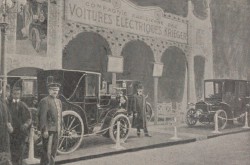
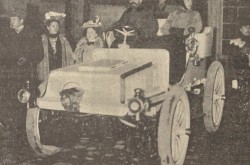
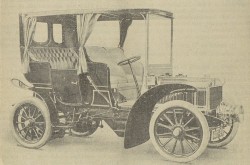
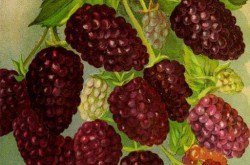
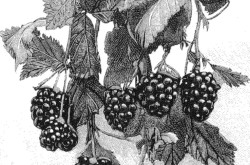
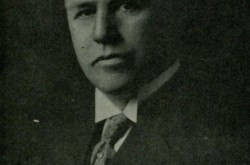
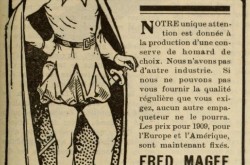
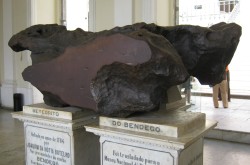
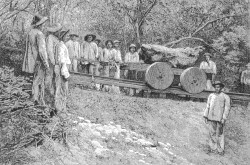
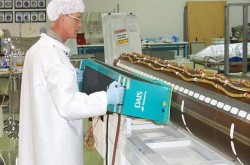

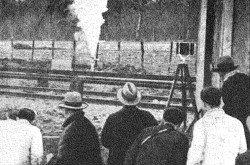
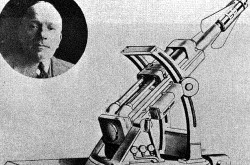


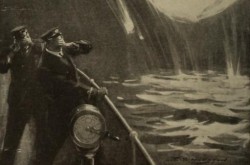
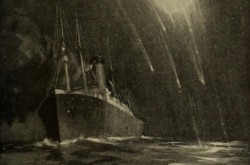
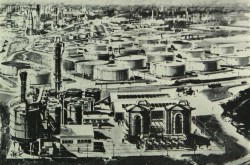
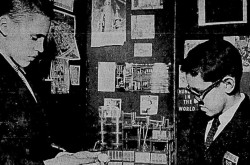



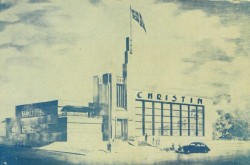
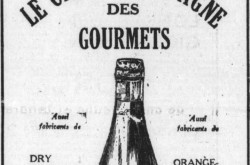
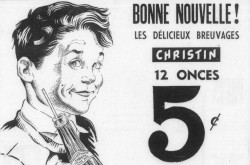
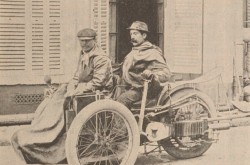
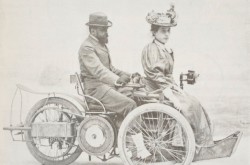
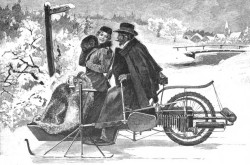
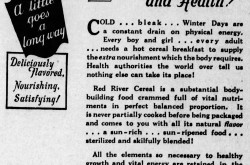
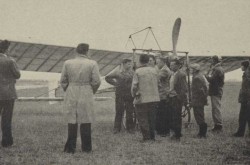
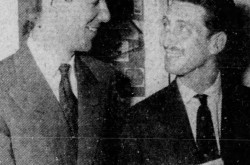

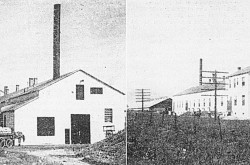
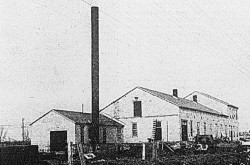
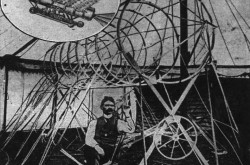
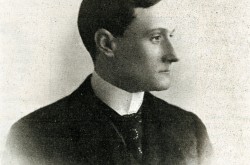
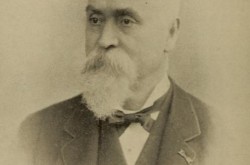
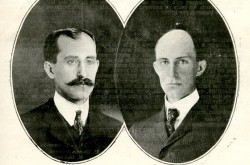
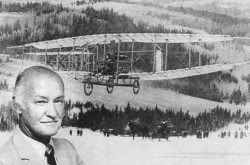
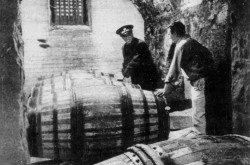
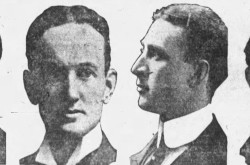
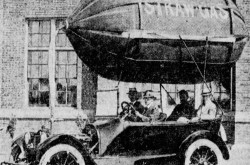
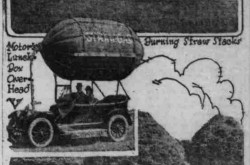
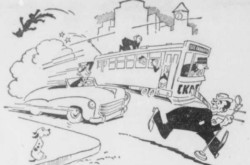
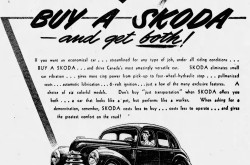
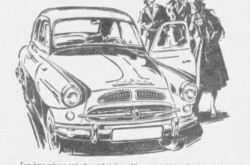
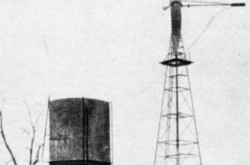
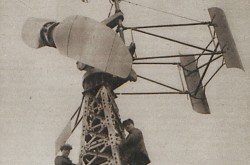
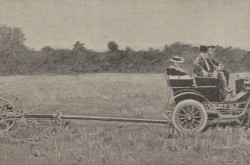
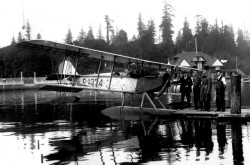
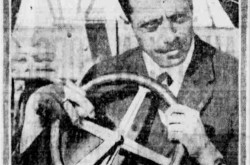
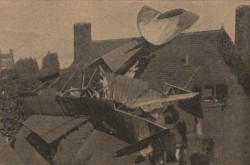
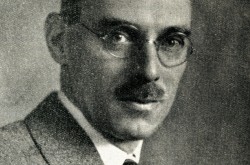
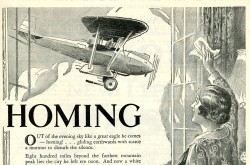



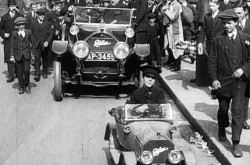


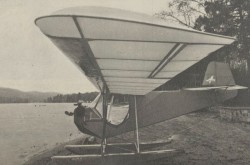
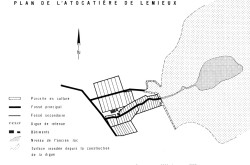
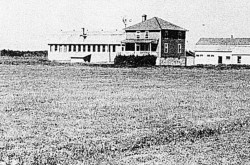
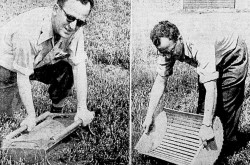

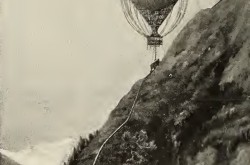
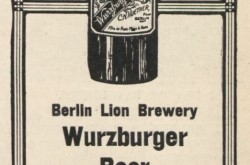
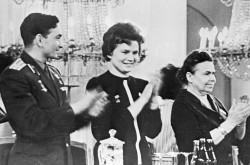
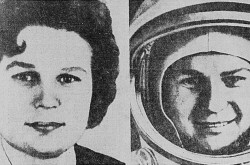


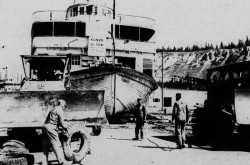
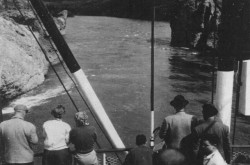
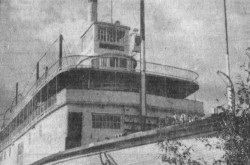
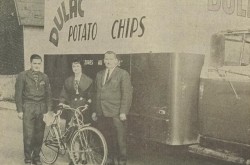
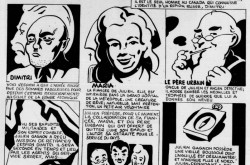
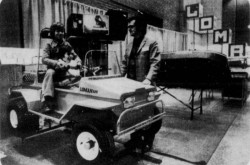
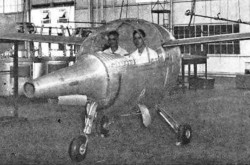
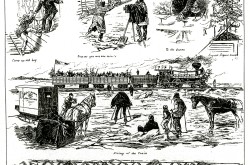

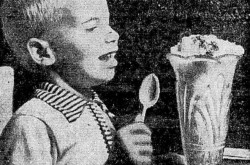
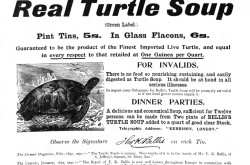
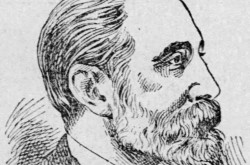

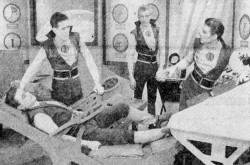
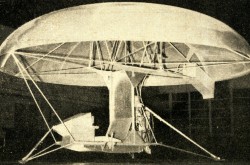
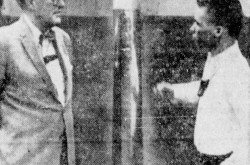
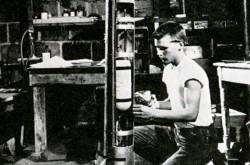

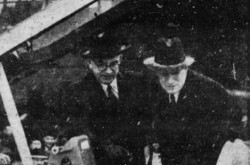
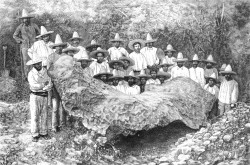
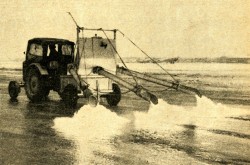
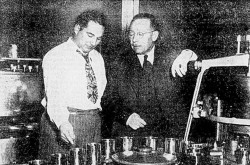
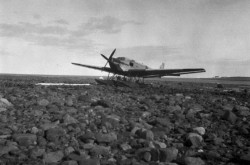

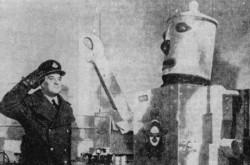
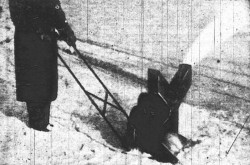
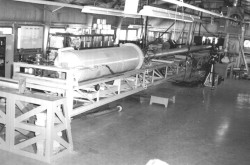


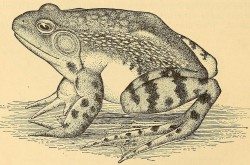
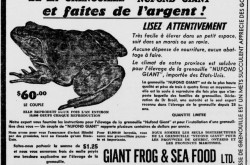
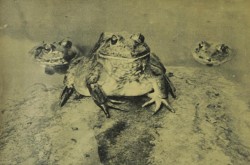
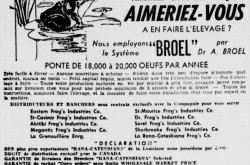
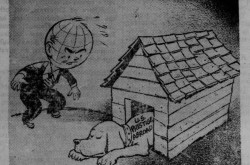
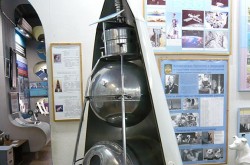

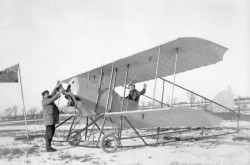
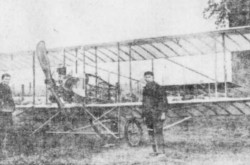
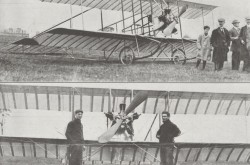
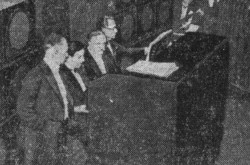

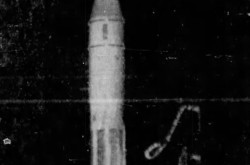

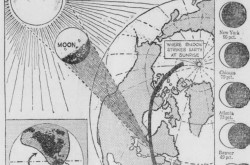
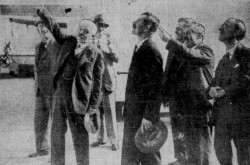
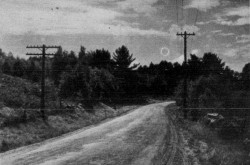

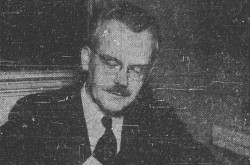
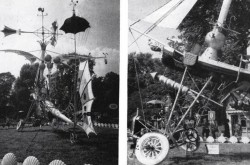
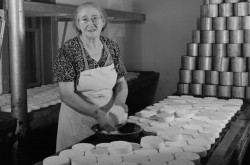
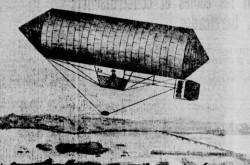
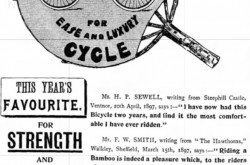

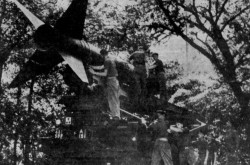
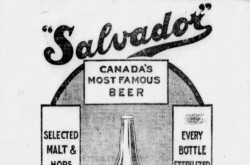
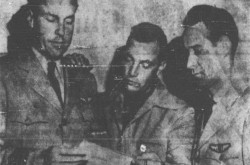

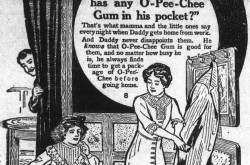
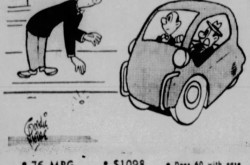
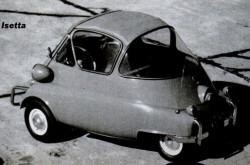
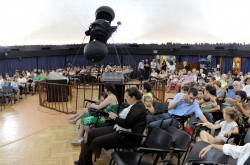
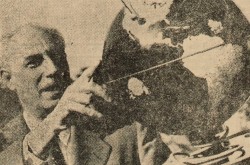
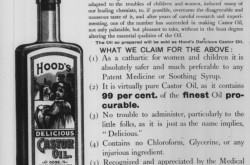
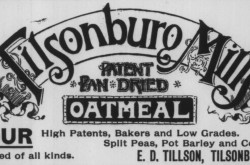
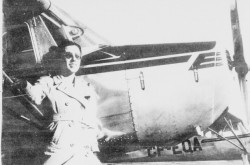



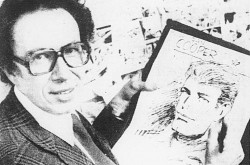

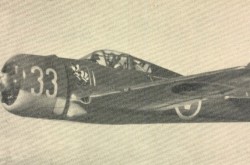
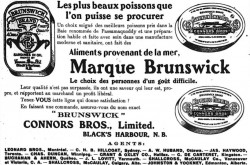

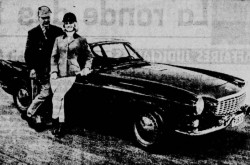
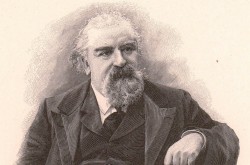
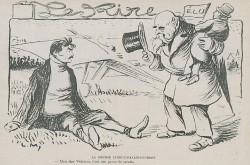
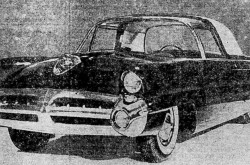

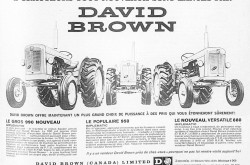
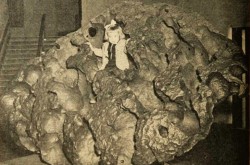
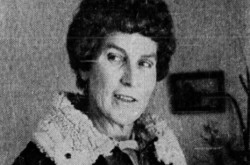
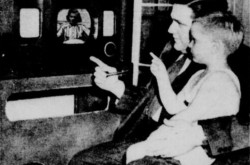
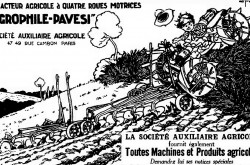

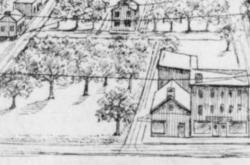

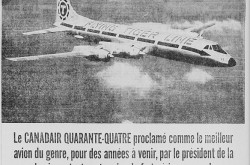


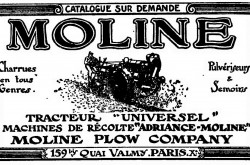


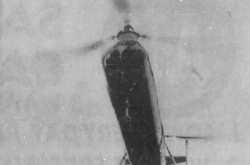
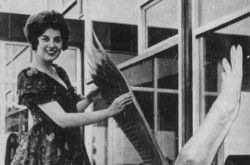
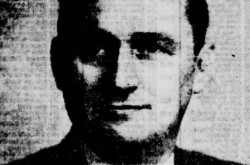
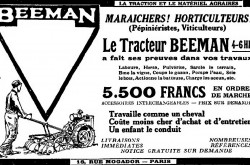
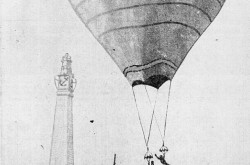
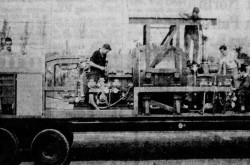
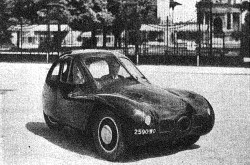
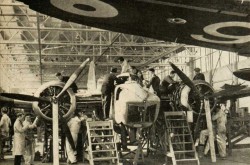


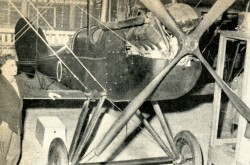
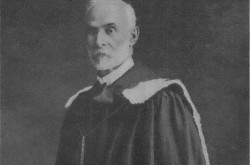
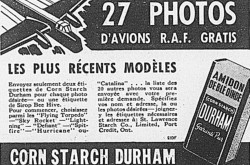
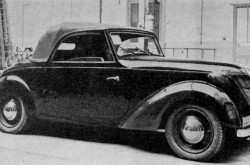
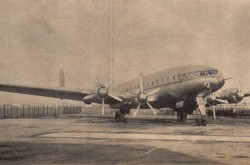

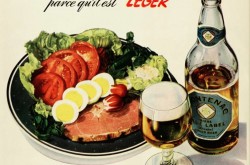
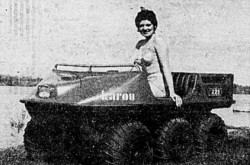

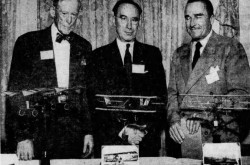



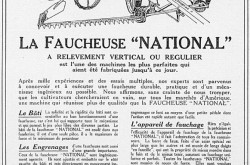
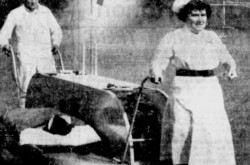
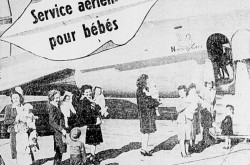
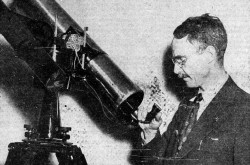
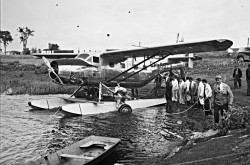
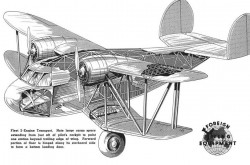
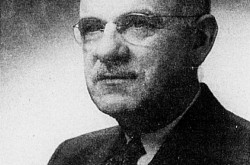
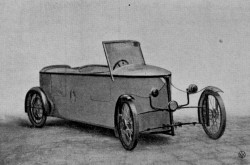
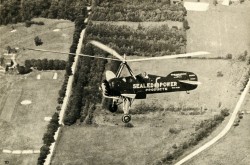
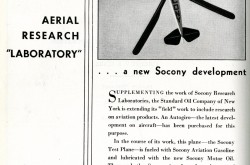
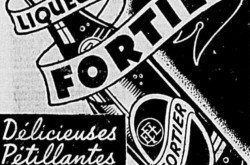
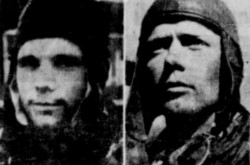

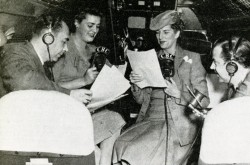
![Peter Müller at the controls [sic] of the Pedroplan, Berlin, Germany, March 1931. Anon., “Cologne contre Marseille – Le mystère du ‘Pédroplan.’ [sic]” Les Ailes, 2 April 1931, 14.](/sites/default/files/styles/thumbnail_7/public/2021-04/Les%20Ailes%202%20avril%201931%20version%20big.jpg?h=eafd0ed4&itok=WnBZ5gMf)
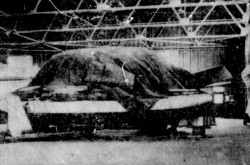
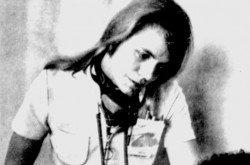
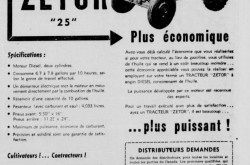
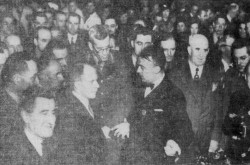


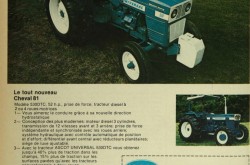


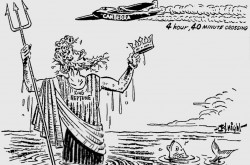

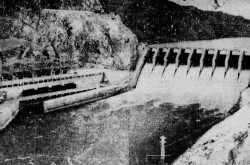
![One of the first de Havilland Canada Chipmunk imported to the United Kingdom. Anon., “De Havilland [Canada] DHC-1 ‘Chipmunk.’” Aviation Magazine, 1 January 1951, cover.](/sites/default/files/styles/thumbnail_7/public/2021-01/Aviation%20magazine%201er%20janvier%201951%20version%202.jpg?h=2f876e0f&itok=DM4JHe5C)


